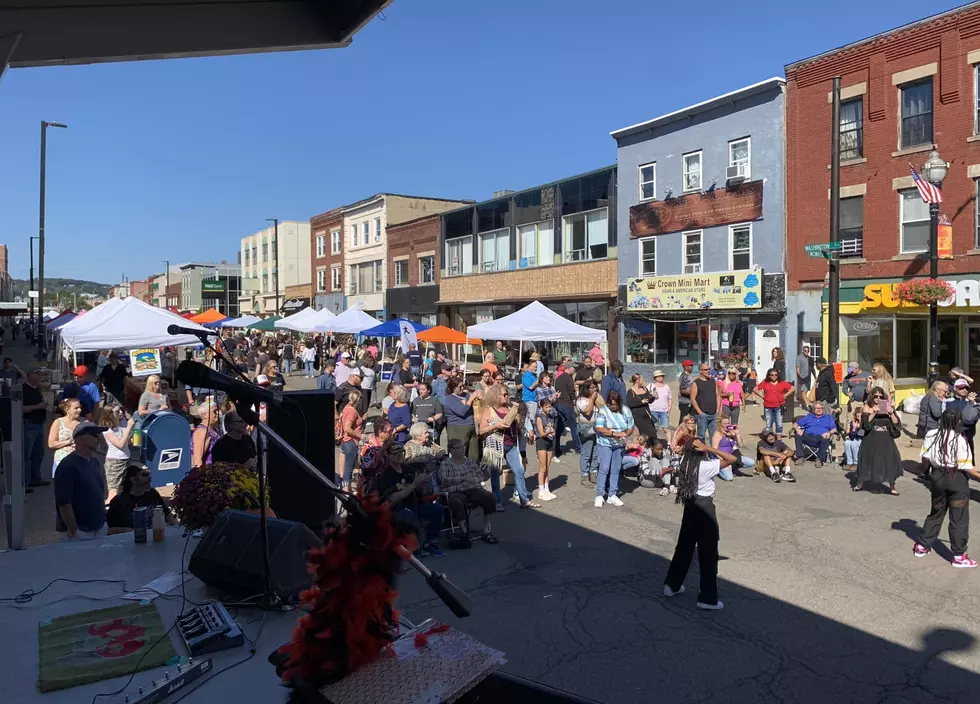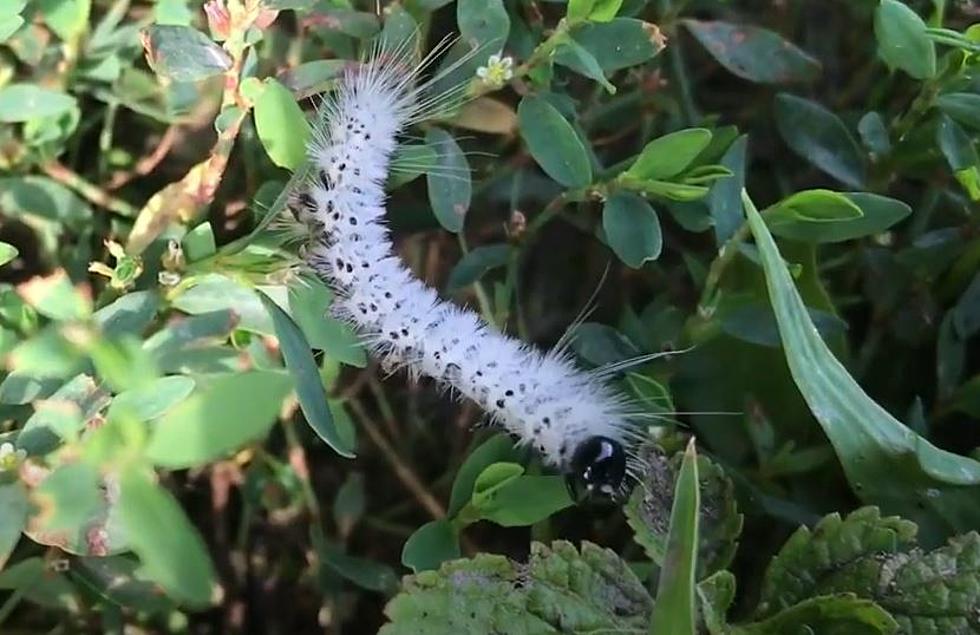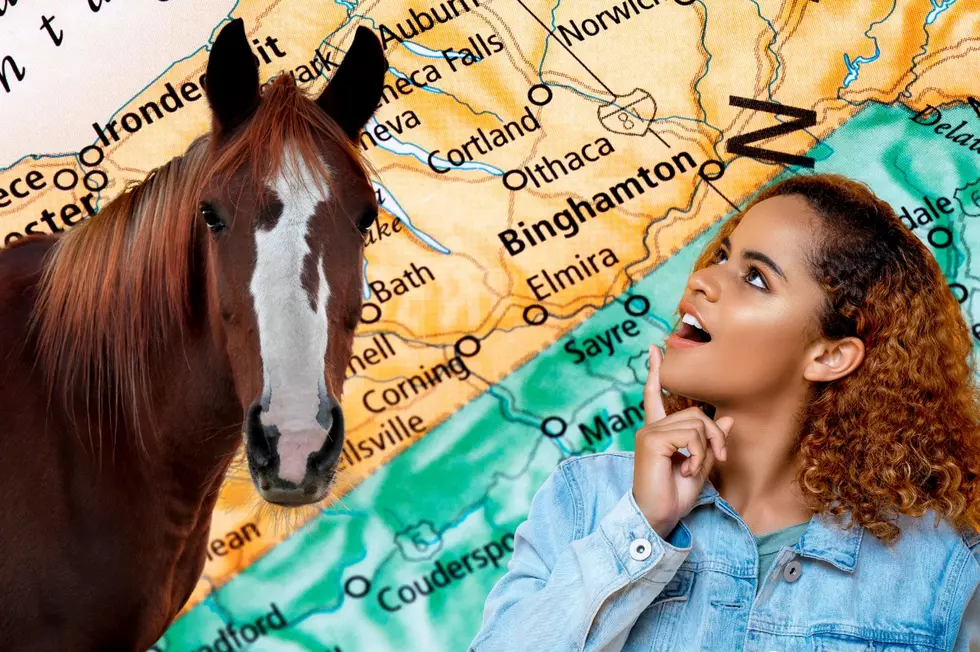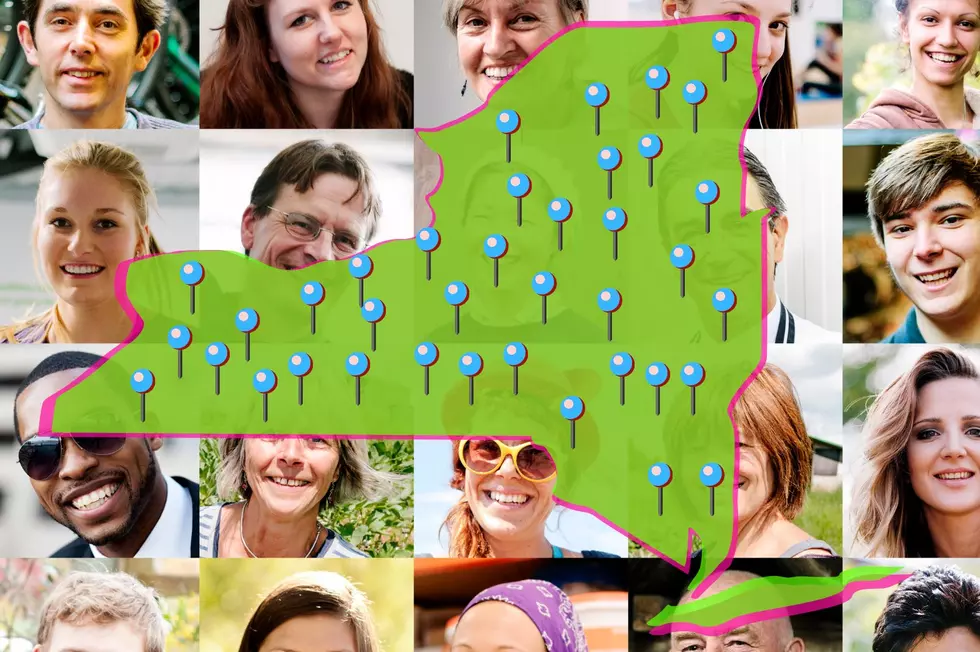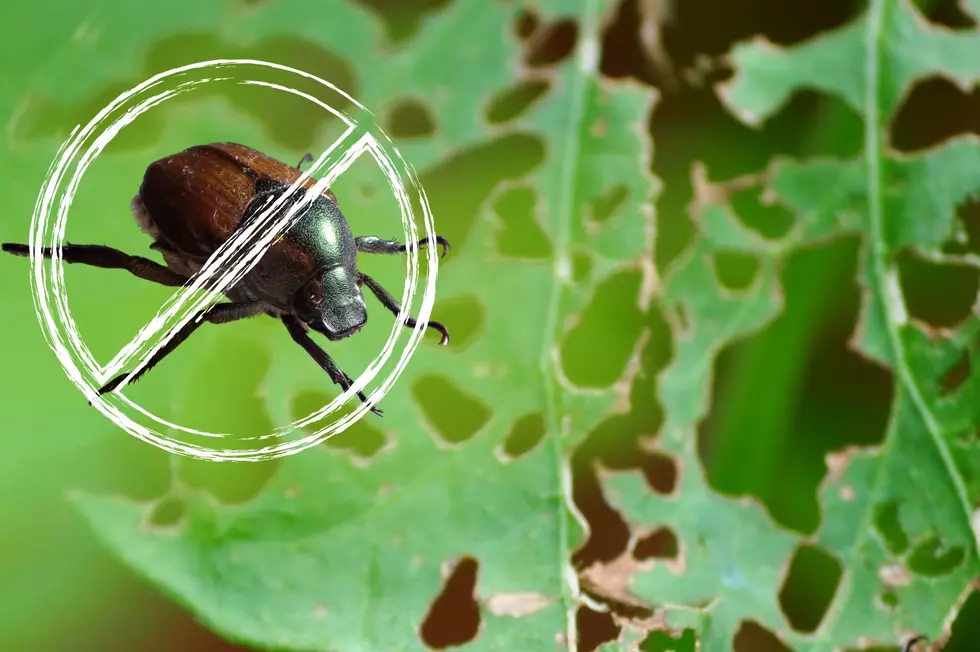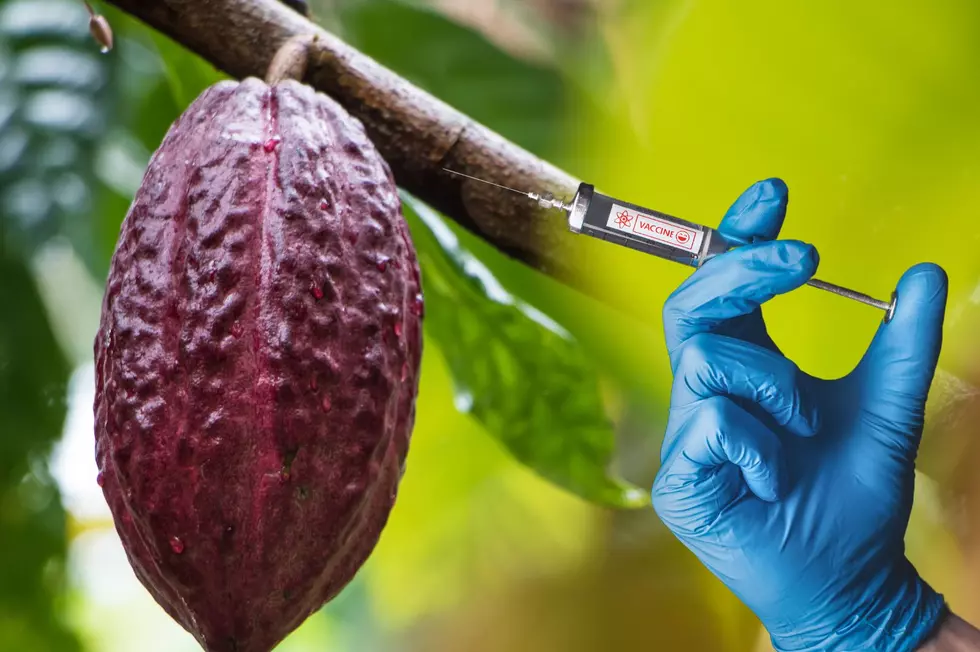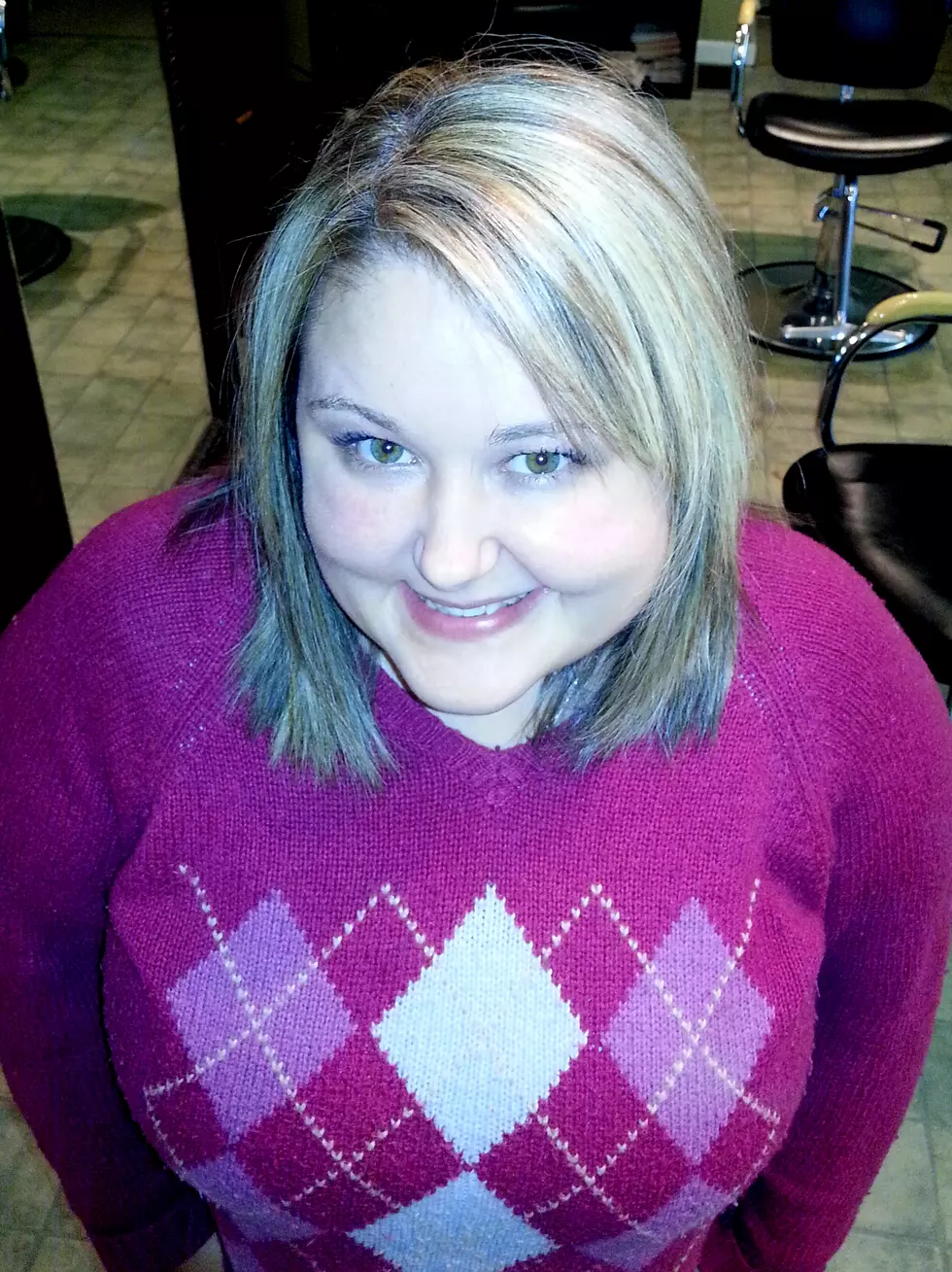
Do Keratin Treatments Work?
I have a love hate relationship with my hair. It loves me and I hate it. For all of my life, I've had crazy out of control hair that has had a mind of it's own. I shampoo it and condition it and protect it with product and in return it frizzes and decides what it wants to do. Before the days of straighteners, my Mom used to try to tame my long hair by having me lay my head on the ironing board while she would run over my hair with the iron. Even that didn't work.
My hair has a very strange wave to it. It looks nice when it's wet, but as it dries, it does this funky friz thing and looks sort of like a lion's mane. So every morning I have to shampoo, condition, add anti friz serum and then blow dry and straighten.
I was telling my woes to the hairdresser yesterday and she suggested I try a keratin treatment. She told me that the keratin would zap away the friz and make getting ready in the morning so much easier. I just have to shampoo, condition and blow dry. No more serums or straightenings. So, I decided to give it a try.
So far, I really like the results. I woke up this morning and did my usual thing, but didn't need to use serums or straighten. My hair was friz free and feels as soft as a baby's bottom. I'm excited to see how it is tomorrow. My hair dresser tells me the treatment will last for 6 weeks. If it continues to keep my hair under control, I'm absolutely willing to continue the keratin treatments.
So what is keratin? Here's how WiseGeek.com describes it:
Keratin is an extremely strong protein that is a major component in skin, hair, nails, hooves, horns, and teeth. The amino acids which combine to form it have several unique properties and, depending on the levels of the various amino acids, it can be inflexible and hard, like hooves, or soft, as is the case with skin. Most people interact with this tissue after it is actually dead; hair, skin, and nails are all formed from dead cells that the body sheds as new cells push up from underneath. If the dead cells are kept in good condition, they will serve as an insulating layer to protect the delicate new tissue below them.
It is difficult to dissolve keratin because it contains cysteine disulfide, which means that it is able to form disulfide bridges. These bridges create a helix shape that is extremely strong, as sulfur atoms bond to each other, creating a fibrous matrix that is not readily soluble. Depending on how much cysteine disulfide keratin contains, the bond can be extremely strong to make hard cells like those found in hooves, or it can be softer to make flexible tissue like hair and skin. Because of the high levels of sulfur in this protein, it emits a distinct sulfurous odor when burned that some people find distasteful.
Keratin is formed by keratinocytes, living cells that make up a large part of skin, hair, nails, and other parts of the body. The cells slowly push their way upwards, eventually dying and forming a protective layer. Thousands are shed every day, and the process can be accelerated by various medical conditions, such as psoriasis. Damage to the external layer of keratin can cause skin, hair, and nails to look unhealthy or flaky.
Hair and nails on humans especially tend to become dry and brittle, because the dead keratin is being pushed to great lengths. By eating foods like gelatin and keeping hair and nails moist, they can be grown out while still remaining healthy. In general, the thicker the layer of keratin, the healthier the hair or nail is, because the dead cells outside protect the living cells at the core. Keeping the external layer moisturized will also keep it healthy and prevent cracking and splitting, whether it is forming the hooves of a horse of the skin of a human.
And now you know!
More From 98.1 The Hawk
